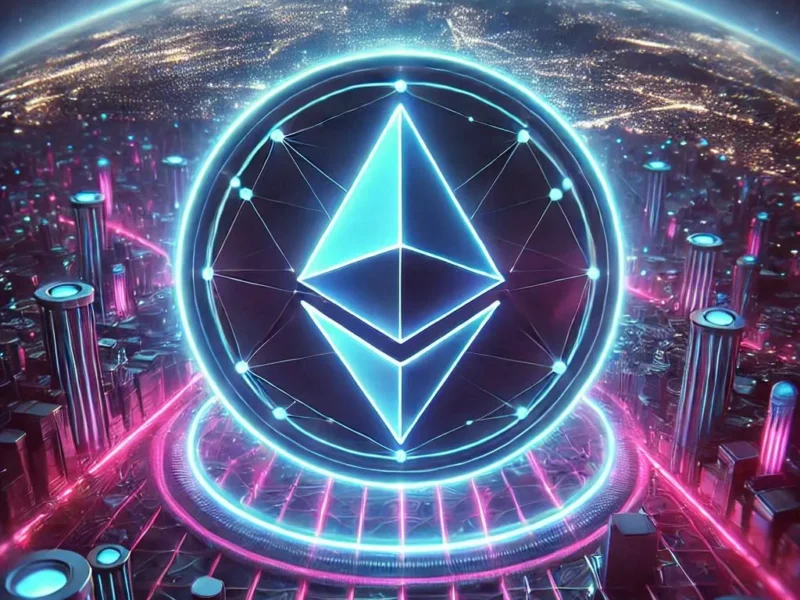The Non-Fungible Token (NFT) landscape has undergone significant transformations, evolving from a speculative frenzy to a more mature and utility-driven market. While the initial hype has subsided, NFTs have found sustainable applications across various industries, indicating that they are far from a failed experiment.
Market Evolution and Adoption
The early 2020s witnessed an explosive growth in NFTs, with sales peaking in 2021. However, by September 2022, NFT trading volumes had plummeted by 97% compared to the previous year. Despite this downturn, the number of active market participants remained steady, suggesting a dedicated core user base. As of 2025, the global NFT user base is projected to reach approximately 11.64 million, maintaining a user penetration rate of 0.15%.
Geographically, NFT adoption has been particularly robust in Asia, with countries like the Philippines leading in ownership rates. Conversely, Western nations such as the United States and the United Kingdom have exhibited more modest adoption levels.
Diversification of Use Cases
Beyond digital art and collectibles, NFTs have expanded into various sectors:
- Gaming: NFTs are increasingly integrated into gaming ecosystems, allowing players to own, trade, and monetize in-game assets. The NFT gaming market is projected to reach a valuation of approximately $471.90 billion by 2024.
- Real Estate: Tokenization of properties through NFTs has enabled fractional ownership, making real estate investments more accessible. Platforms are emerging that facilitate these transactions, streamlining the buying and selling process.
- Fashion and Entertainment: Brands and artists are leveraging NFTs for loyalty programs, exclusive releases, and fan engagement, creating new revenue streams and enhancing consumer experiences.
Challenges and Market Corrections
Despite the growth in applications, the NFT market has faced significant challenges:
- Market Volatility: The value of many NFTs has seen dramatic declines. For instance, the Australian Open’s NFT initiative experienced a value drop of up to 90%, highlighting the speculative nature of early NFT investments.
- Oversupply and Speculation: Reports indicate that nearly 95% of NFT collections have little to no market value, underscoring issues of oversupply and speculative purchasing.
- Environmental Concerns: The energy consumption of blockchain networks has been a point of criticism. However, advancements in Proof-of-Stake protocols are making NFT minting more energy-efficient, addressing some environmental concerns.
Future Outlook
The trajectory of NFTs suggests a shift towards utility and integration into everyday digital interactions. As blockchain technology continues to evolve, NFTs are poised to play a crucial role in digital ownership, intellectual property rights, and the monetization of digital assets. While speculative mania has diminished, the foundational applications of NFTs indicate a lasting presence in the digital economy.
In conclusion, NFTs in 2025 have transitioned from a speculative bubble to a phase of practical application and integration. The market has corrected itself, shedding unsustainable projects while paving the way for innovations that leverage the unique capabilities of NFTs. This evolution signifies that NFTs are not a failed experiment but rather an adaptive technology finding its place across various industries.



